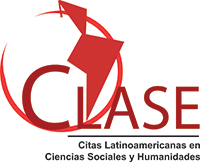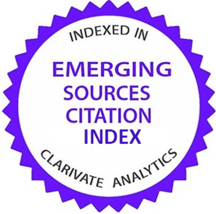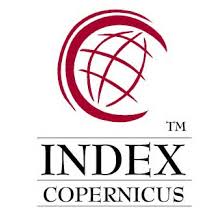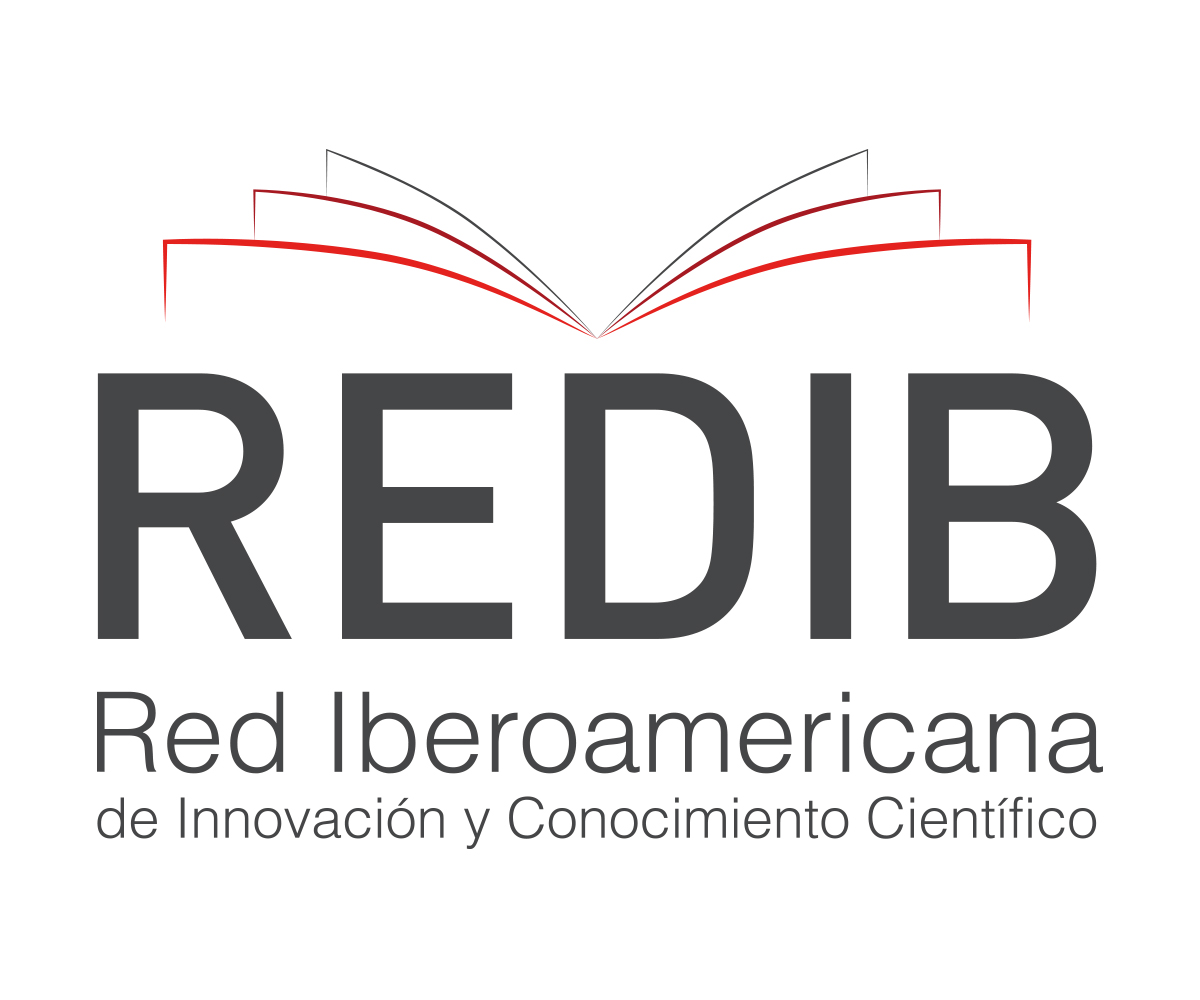Authors
Abstract
Territories are a determining part of identities and culture but, at the same time, territories are also endowed with meanings by their inhabitants and visitors. This is how sacred places emerge worthy of pilgrimages and devotion. In the current context, new spiritual practices arise from the social needs resulting from cultural environments. Particularly, this research deals with psychedelic tourism and the implications of this practice in the northwestern part of the state of Guanajuato in Mexico. This area is visited during the summer by visitors looking for a hallucinogenic fungus commonly called "San Isidro" that grows in cow manure. This mushroom has psilocybin that causes altered states of consciousness in its consumers. Visitors usually eat it in this area designated for free-grazing cattle which is why there is no surveillance and it makes it easier for consumers to eat the mushrooms in the same place, in their pastures and hills. The area is part of the border between the state of Jalisco and the state of Guanajuato. This border has had various meanings as the border between drug cartels, as a cultural border between areas of the country and now no longer as a border but as a spiritual and psychedelic tourism place. Visitors to the area have redefined the territory as a result of their mystical experiences after consuming hallucinogenic mushrooms in the area, placing new spiritual attributes to these natural places product of the altered states of consciousness of psilocybin. The practice of psychedelic tourism, in addition to the socio-ecological impact, also has the ability to attribute magical symbolism in the territories.
References
Basset, V. (2011) Relations à l’altérité amérindiennne lors de mobilités touristiques: L’exemple de la réserve naturelle sacrée de Wirikuta au Mexique. Thèse de Doctorat en Sociologie. Université de Perpignan.
Benítez, F. (1964). Los indios de México. Los hongos alucinantes. Ediciones Era. De Armas-Victores J. P. (2014) Imaginarios. Una brecha antropológica para el análisis sociocultural. Centro de Investigaciones Psicológicas y Sociológicas, junio, 22. Cuba.
De Rivera, J. G. (1982). Las toxicomanías y sus psicodinámicas. Psiquis, 3, 205-208.
Demanget, M. (2000). El precio de la tradición. Cuadernos de Trabajo, 6.
Eco, U. (1998). Interpretación y sobreinterpretación. Ediciones AKAL.
Fericgla, J. M. (2000). Los chamanismos a revisión. De la vía del éxtasis a Internet. Editorial Kairós.
Giménez, G. (2005). Patrimonio e identidad frente a la globalización. Cuadernos de Patrimonio Cultural y Turismo.
Guzmán-Chávez, M. G. (2013). Discursividades, prácticas y saberes contemporáneas en torno al peyote entre no indígenas. ALTER Enfoques Críticos, 8, 11-34.
Guzmán-Chávez, M. G. (2017). Interculturalidad en torno al uso del peyote. Un patrimonio biocultural en condición de ilegalidad. Alteridades, 27(53), 95-106.
Lardellier, P. (2015). ¿Ritualidad versus modernidad…? Ritos, identidad cultural y globalización. Revista Mad, 33, 18-28. https://doi.org/10.5354/0718-0527.2015.37321
Laure-Vidriales, A., & Hannon-Ovies, D. (2018). Psychedelic tourism in Mexico, a thriving trend. PASOS. Revista de Turismo y Patrimonio Cultural, 16(4), 1037–1050. https://doi.org/10.25145/j.pasos.2018.16.072
Mejía-Rocha, M. I. (2018). Pueblos Mágicos de Guanajuato y su gestión turística. Management Review, 3(1), 1-13.
Palma-Ramírez, G., Pérez-Sánchez, D. L., Hernández-Hernández, M. y Rodríguez Ramírez, R. (2020). Revisión histórica de los hongos psilocibios. Educación y Salud Boletín Científico Instituto de Ciencias de la Salud Universidad Autónoma del Estado de Hidalgo. 8 (16), 174-186.
Piña-Alcántara, S. (2019). Turismo y chamanismo, dos mundos imbricados: el caso de Huautla de Jiménez, Oaxaca. Cuicuilco. Revista de Ciencias Antropológicas, 26(75), 43-66.
Rancière, J. (2000). Política, identificación y subjetivación. El Reverso de La Diferencia: Identidad y Política, 145-152.
Rincón-García, J. J. (2013). Territorio, territorialidad: aproximaciones conceptuales. Aquelarre. Revista del Centro Cultural Universitario, 13(23), 181-192.
Salazar, N. B. (2006). Antropología del turismo en países en desarrollo: análisis crítico de las culturas, poderes e identidades generados por el turismo. Tabula Rasa, 5, 99-128.
Sloterdijk, P. (1998). Extrañamiento del mundo. Editorial Pre-textos.
Tartakowsky-López, I. (2014). Psicoterapia asistida con LSD, Psilocibina y MDMA. https://repositorio.uchile.cl/handle/2250/135079
Treviño-Aguilar, E., Heald, J. y Guerrero-Rodríguez, R. (2015). Un modelo del gasto con factores sociodemográficos y de hábitos de viaje en Pueblos Mágicos del Estado de Guanajuato, México. Revista Investigaciones Turísticas, 10, 117-149. https://doi.org/10.14198/inturi2015.10.06
Vergara-Oliva, C. (1996). La conciencia enteogénica. Alteridades, 6(12), 39-47.
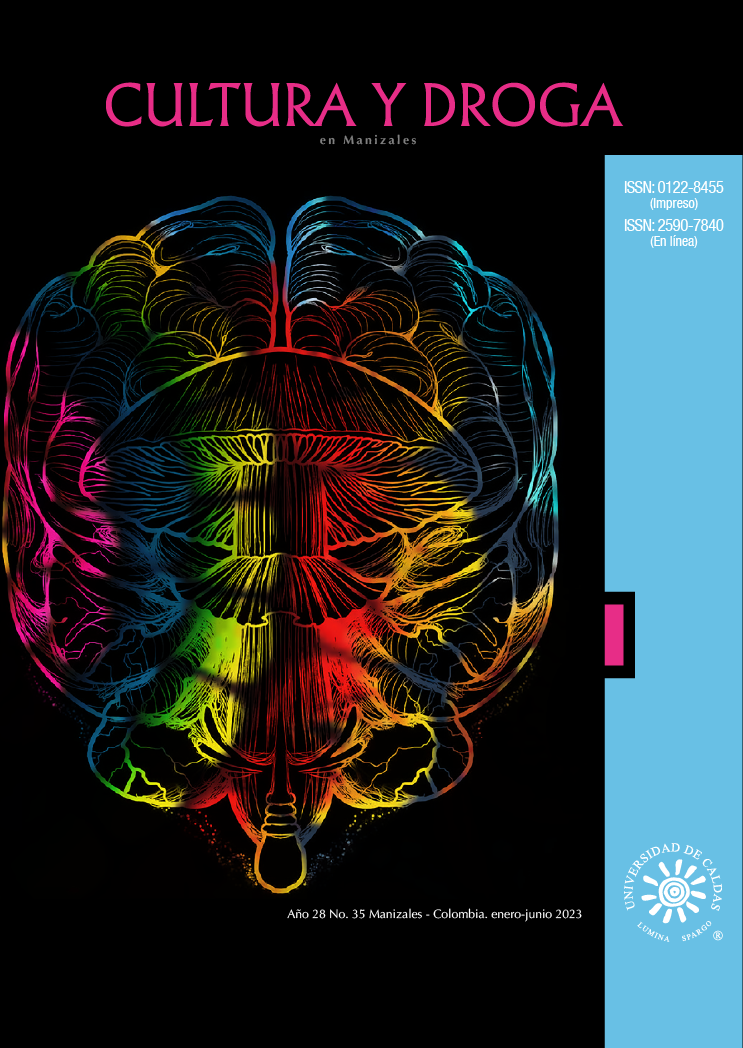
 PDF (Español)
PDF (Español)
 FLIP
FLIP





